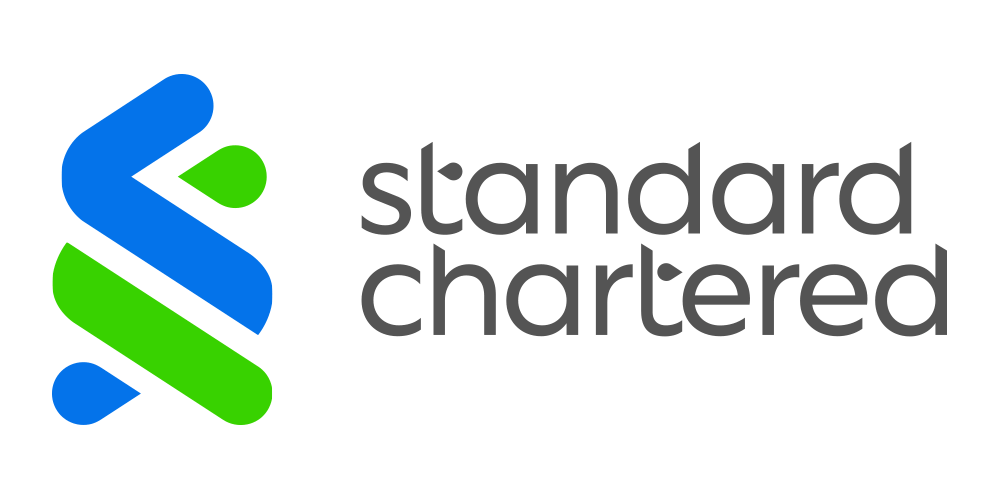Standard Chartered to offer flexible work options to more than 90% of staff by 2023
Standard Chartered Plc plans to offer flexible work options to more than 90% of its 85,000 staff over three years. The bank said about half its staff will be able to apply for some form of hybrid work from early 2021. Standard Chartered expects the program to apply to about 75,000 workers in 55 markets by 2023.
The Asia, Africa, and Middle East-focused bank said it aims for around 50% of its markets, comprising around 70% or 60,000 of its employees, to be able to adopt hybrid working patterns by the end of 2021.
This could mean that staff can choose to work entirely at home, entirely in offices or a mix of both. The bank said it aims for 90% of its staff to be offered flexible working by 2023, though some will have to work full-time in offices given the nature of their roles.
The move comes as, in October, the bank asked for feedback from employees in nine markets on the issue and also carried out reviews of all jobs to see how suitable they are for flexible working. It found that most of them are.
Subsequently, from early next year, employees in those nine markets - UK, US, Hong Kong, Singapore, UAE, and Global Business Services Centers in Poland, Malaysia, China, and India - will be able to apply for a formal flexi-working arrangement. Subsequent phases are expected to be offered later in the year.
Employees will have the option to select both time and location flexibility. Additionally, the bank is partnering with a third party to provide additional ‘near-home’ workspace. Standard Chartered says it expects most employees will fall into a hybrid pattern, working some days in the office and some from home.

Tanuj Kapilashrami, Group Head, HR stated, “We are excited about the future as we step into a new era for the Bank and the positive impact we can make on our productivity, wellbeing, and carbon footprint. We also see this as an opportunity to appeal to a wider and more diverse potential future workforce.”

The move by StanChart is a sign of how pandemic crisis management is leading to long-term change in the role of the office. It shows how lenders are moving quickly to adopt new ways of working forced on them by the pandemic. With technology platforms making working from home more effective than many lenders had anticipated, they are taking advantage of the opportunity to cut costs on expensive city real estate and support staff who prefer flexible work arrangements.
